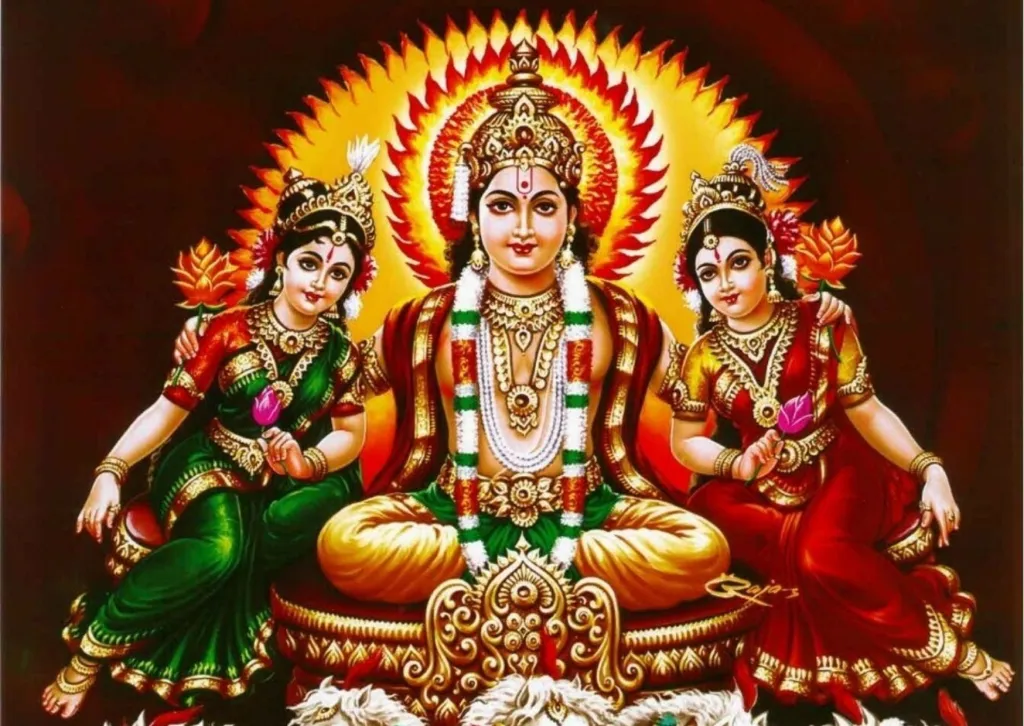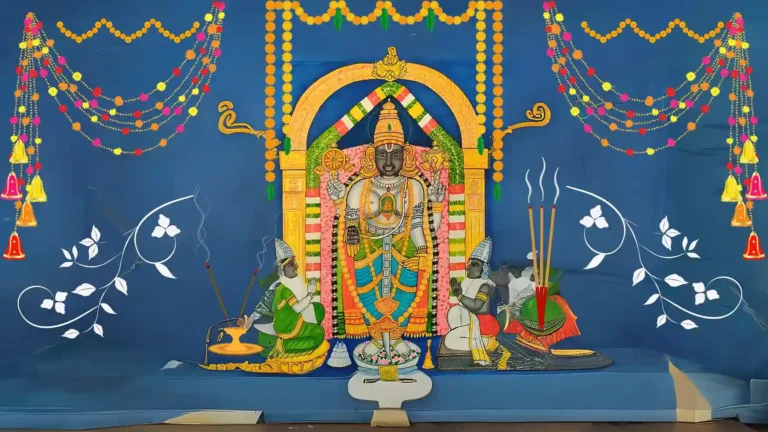Please Like the Blog and Share it for Maximum Reach
Table of Contents
The Gods or Devatas symbolize inner principles of consciousness.
They are blueprints of archetypes, archetypes of enlightenment. One cannot link superstition to the Vedic Gods, born out of self-ignorance. The Devatas represent unconditional cosmic awareness. They are the fundamental pillars of creative intelligence and objective awareness.

Devatas are free of egoism and ignorance when compared to earthly mortals. Of all things, they do not represent idolatry and are free of every bias and prejudice of preconception. Devatas, or Vedic Gods, symbolize principles of the highest philosophy of the unsullied perception.
Creative Freedom and the Devatas
The creative comprehension of the Divine requires the transmutation of our consciousness into the flames of truth perception. Creative freedom to shape matter and spirit drives the essence of the Vedic Gods. The ego of earthly consciousness does not drive this freedom. We should remember that earthly consciousness leads one to sorrow and bondage.
Creativity emerges out of the Vedic Truths that gods represent. Knowledge and surrender to the Divine drives such Creativity. Creativity is another name for spiritual freedom.
Who are these Vedic Gods in reality?
These principles of surrender took the form of Devatas. Devatas make themselves perceptible when great beings elevate themselves on the path of Truth and inner renunciation. They, with supreme intelligence, have cracked the code of existence.
Character, compassion, and Commitment define the inner state of such superior men. Some of these men appear as sages or seers who could witness the forms of the Devatas in deep meditation. This perception only becomes possible when one’s heart overflows with the waves of Truth and Surrender.

Ignorance of Man and Multiplicity in Gods
Devatas revealed in the meditations of superior men were multiple and varied. The multitude of Devatas represents animate and inanimate, concrete and abstract, and human and non-human were higher symbols. Many of the Gods revealed themselves as the pure residue of Abstract Reality.
They pass as devices that “try” to communicate to man that only the divine surrounds him. The screen of the ordinary that appeared to clout time, place, and circumstance represented Maya in clout.
8 Questions from Sanatana Dharma
The scores generated in this Quiz are absolute. There are right or wrong answers to each Question. A percentage towards 100 indicates that you are more aligned to the overall subject matter.
The Sense of Reality and Universality
If the Devatas bless an individual with the principles of Truth, that man shall awaken. This awakening would manifest the Divinity from all around the seer. It would reflect all as sacred despite their apparent insignificance. It represents only a shrine of sanctity and reverence.

The ancient Devatas intended to instill this sense of oneness. This Universality is far beyond the tiny reach of things like sectarian dogma, idolatry, or superstition. This Sense of Reality reflects the oneness of the Godhead merging in the ancient path of Light. The path of the real has its antipode in the Concept of Maya.
Vedic Gods’ Male and Female Representations
The ancient deities are not mere dumb entities, Devatas, and goddesses in the image of men and women. The ancient Gods represent the masculine, energetic component. They are the personification of all the energy components within nature, which we consider male.

The ancient Goddesses represent the cosmic feminine forces within nature. Some of these forces manifest as Prakriti, Mother Nature. The physical man is just one of a million representations of male energy. An earthly woman is just one of the millions of representations of feminine energy. The ancient seers never mirrored the relationships of mortal male and female with the Devatas and Goddesses.
Man reflects the Vedic Gods.
They organized a vibrant society around an organic masculine and feminine energy system. This organic personification exists in the form of Devatas and Goddesses. These “god energies” form the very fundamentals of the Universal Cosmic Order. They desired to reflect their own relationships in the subtle realms of Truth on the physical plane of our planet.
The psychic origins of our uncontrollable sexual instincts originate from the subtle realms of Truth.
Crude sexuality has finer origins.
Gross and crude manifestations of sex we see here have a much finer and elevated beginning in the domain of Gods. The Fine and subtle Relationships between the Gods and Goddesses contrast the grossness we see on this material plane.

The comic archetypes are operative at the very depths of our psychic origins. Gods recognize the place and value of both the masculine and feminine forces. The male and female components of life cause a proper balance between society and the individual.
Manifestation of Gods on the Earthly Plane
The Vedic Gods and Goddesses manifest through many forms and ideas far beyond the male/female representations. Their forms include the entire phenomena of nature, implements, and tools of human activity. They also reflect in the aspects of worship and a range of abstract ideologies that carry the shades of a truthful life.
Sun and Dawn as God and Goddess
Dawn represents a Goddess, and the Sun represents a God. Here, the abstraction of Dawn extends the Sun. We cannot separate cannot the Sun from Dawn, and neither can we separate a devoted wife from her husband. The supreme Goddess is the Dawn.

She represents the symbolic Dawn of aspiration and hope more than a woman, Dawn represents the natural phenomenon of early morning. More than the male, more than the physical Sun, the Vedic God is the Sun. The Sun represents the Solar Self, the enlightened consciousness.
Please Like the Blog and Share it for Maximum Reach






